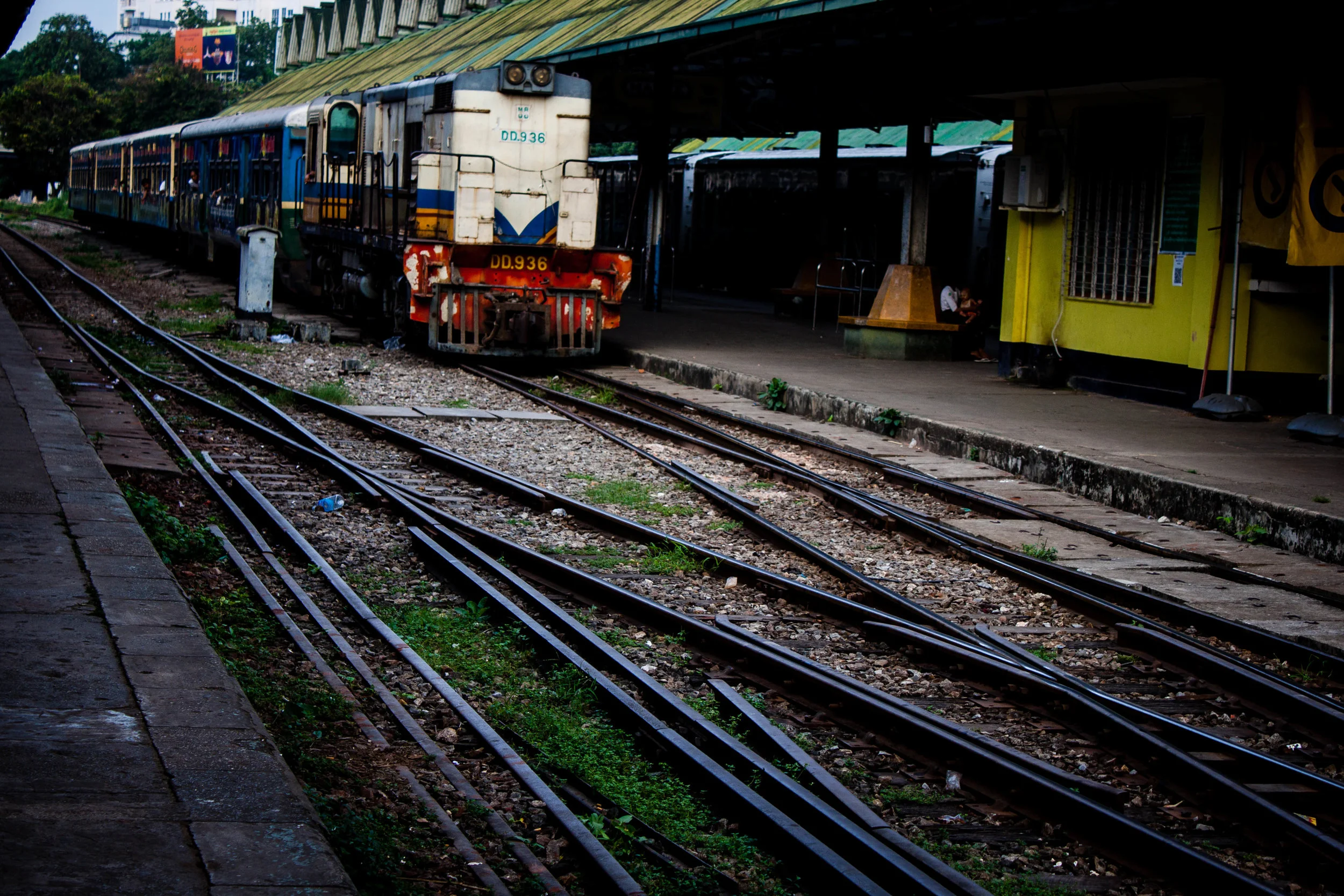Turtle tales

Last night I worked till 2am. We spent the night walking up and down the beach, flashlight in hand, nervously scanning the water for crocodiles whose eyes reflect back red in the light, while on the search for sea turtles.
It was a big night. It’s peak nesting season so three green turtles and three hawksbills (that we know of) came from up from the water to the sandy dunes to lay their eggs.
Turtles are fussy nesters. They leisurely make their way around the dunes, under trees and over rocks to find the perfect nesting spot. Once there, they then begin the process of body pitting to clear the nesting area. Suddenly they may just stop and decide, '“No, I don’t like this spot anymore,“ and resume the search for a nesting spot. Once they eventually decide on a place (and stick to it), after body pitting comes the egg chambering phase where the turtle digs her nest precisely using her back flippers. She then deposits her eggs, covers the nest back up and goes back to sea.
That’s why we were working so late. Turtles nest according to the tide, which means we head out at about 8pm - and then with this very long egg laying process it can be hours before a single turtles finishes. Thankfully there are plenty of turtles up and down the beach and lots of tasks the researchers need help with - for example, crawling through the sand on your belly to hold a torch for the scientists while they measure a turtle who has decided a narrow space under a tree with pointy branches is the best place to nest.
I forgot to mention, the island we’re staying on has no facilities. And even those its early morning now, in the tropical northern Great Barrier Reef, its constantly humid and still. So once we finally finish up, covered in sand head to toe, we head back to our airless tents to sleep. If you’re lucky enough you’ll pass out from exhaustion as soon as you hit your paper thin sleeping mat. If not, you’ll sweat some more (you’re already drenched so it doesn’t matter) before eventually falling asleep.
This morning we were up early again to find some more turtles nesting on the beach meaning we have the afternoon free. The one shady spot on the beach was free so I grabbed my towel and promptly passed out on the sand.
I must have slept for 20 minutes before feeling it. I didn’t know what it was but something was on my shoulder. It felt quite light and cool. I thought maybe something from the tree had fallen on me. Then there was something on my opposite arm. “What the hell is that?” I thought. I opened my eyes and turned my head to the spots in question.
It was turtles.
Tiny baby hatchlings that had hatched somewhere behind me were making their way to sea. So determined were they that they were climbing over this roadblock of a human without any hesitation.
I delicately pulled myself up, trying avoiding the tiny hatchlings now in droves coming toward me.
Guided by the light, their flippers like propellers take them down the sandy runway to the ocean, like they’ve done this a million times - and indeed, turtles have evolved and been in our oceans for millions of years. This is second nature to them.
And just like that, they hit the water. A wave comes and pulls them out to sea and they are gone. Out into an ocean of unknown. Science tells us that 1 in 1000 hatchlings survive. Many don’t make it down the beach. They’re picked off by birds from above or crabs on the beach. And once they reach the ocean, fish and other predators lurk as well as a host of other threats such as fishing nets, plastic pollution and illegal poaching.
A turtles entry into the world is a bit of a baptism by fire. Born buried alive, having to run for their life as soon as it begins and constantly evading threats throughout adulthood, it’s no easy ride. Millions of years of evolution have allowed turtles to adapt to threats but now as a result of human impacts its becoming too much. 6 of the 7 species of turtles are on the endangered or critically endangered list. The situation is dire.
And turtles aren’t the only ones under pressure. A recent UN report has found one million species face the threat of extinction. It’s vital we stand up for the species that don’t have a voice, and join the call for action to protect the species and places we love, before it’s too late.





